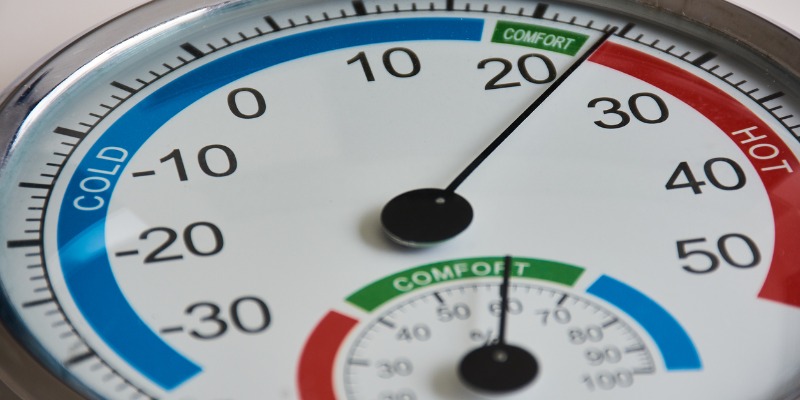When the summer heat hits, there’s nothing quite like the relief of stepping into a cool, air-conditioned space. But air conditioners do more than just cool the air – they also play a crucial role in reducing humidity. Understanding how air conditioners work to dehumidify the air can help you better appreciate their impact on indoor comfort and overall well-being.
The Science Behind Air Conditioning and Humidity
Humidity refers to the amount of moisture present in the air. During the hot summer months, high humidity levels can make indoor spaces feel muggy and uncomfortable. This is where air conditioners come to the rescue. Air conditioners not only lower the temperature of the air but also remove excess moisture, making the air more comfortable to breathe.
Key Components Of An Air Conditioner
To understand how air conditioners reduce humidity, it’s essential to familiarize yourself with their key components. An air conditioner comprises the following crucial parts:
| Component | Function |
|---|---|
| Evaporator Coil | Cools and dehumidifies the air |
| Compressor | Pumps refrigerant through the system |
| Condenser Coil | Releases heat from the removed humidity |
| Expansion Valve | Regulates the flow of refrigerant |
The Dehumidification Process
So, how exactly do air conditioners reduce humidity? Let’s break down the process:
- Air Intake: Warm, humid air is drawn into the air conditioner unit.
- Cooling and Dehumidification: The air passes over the cold evaporator coil, where the moisture in the air condenses and is collected or drained away. As the air cools, its ability to hold moisture decreases, further reducing humidity levels.
- Heat Dissipation: The heat extracted from the air during the cooling process is expelled outdoors through the condenser coil, along with the moisture that has been removed.
- Circulation of Dehumidified Air: The now-cooled and dehumidified air is circulated back into the indoor space, creating a more comfortable environment.

Credit: www.advantageairtech.com
Benefits of Dehumidified Air
- Improved Comfort: Dehumidified air feels cooler and more comfortable, allowing you to better withstand the summer heat.
- Healthier Indoor Environment: Lower humidity levels can help inhibit the growth of mold, mildew, and dust mites, which thrive in moist conditions and can exacerbate allergies and respiratory issues.
- Energy Efficiency: Since drier air feels cooler, maintaining lower humidity levels can allow you to set your thermostat higher without sacrificing comfort, ultimately leading to energy savings.
Managing Indoor Humidity Levels
While air conditioners are effective in reducing humidity, there are additional steps you can take to manage indoor humidity levels:
- Use Exhaust Fans: Utilize exhaust fans in kitchens and bathrooms to remove excess moisture at the source.
- Install a Dehumidifier: For particularly humid environments, a dedicated dehumidifier can work in conjunction with your air conditioner to maintain ideal humidity levels.
- Proper Ventilation: Ensure good air circulation and ventilation throughout your home to prevent stagnant, humid areas.
Conclusion
Air conditioners are indispensable for maintaining indoor comfort during the sweltering summer months. By understanding how air conditioners reduce humidity and taking additional steps to manage moisture levels, you can create a healthier and more pleasant indoor environment for you and your family.
